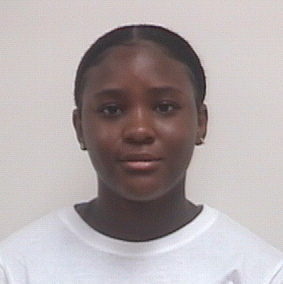Below is a summary of the abstract you submitted. Presenting author(s) is shown in bold.
If any changes need to be made, you can modify the abstract or change the authors.
You can also download a .docx version of this abstract.
If there are any problems, please email Dan at dar78@pitt.edu and he'll take care of them!
This abstract was last modified on March 17, 2023 at 3:33 p.m..

Bacteriophage Patelgo was isolated from a soil sample located in Catonsville, Maryland, and was purified using the Gram-positive bacterium Streptomyces mirabilis NRRL B-2400. Patelgo displays siphoviral morphology and has been assigned to the Actinobacteriophage Database subcluster BK1. The phage has a large linear genome of 130,302 base pairs with 712 base pair direct terminal repeats and encodes 242 protein-coding genes and 33 tRNAs. All BK1 cluster phages encode a large number of tRNAs, and it has been postulated that this provides the phage access to a wider variety of hosts and ensures a higher survivability rate. This model suggests that the phage provides the tRNAs necessary for the efficient translation of phage genes. Patelgo has a GC content of 47.17%, significantly lower than that of its isolation host, S. mirabilis, which has a GC content of 70%. Likely due to this misaligned GC content, Patelgo failed to show any coding potential when tested with GenMark.hmm trained on Streptomyces spp. This suggests that Patelgo may have recently gained the ability to infect this family of hosts. We hope to investigate a host with a higher coding potential that could implicate a more closely related bacterial host to Patelgo, as well as further investigate Patelgo's genome to more accurately determine its evolutionary history.






